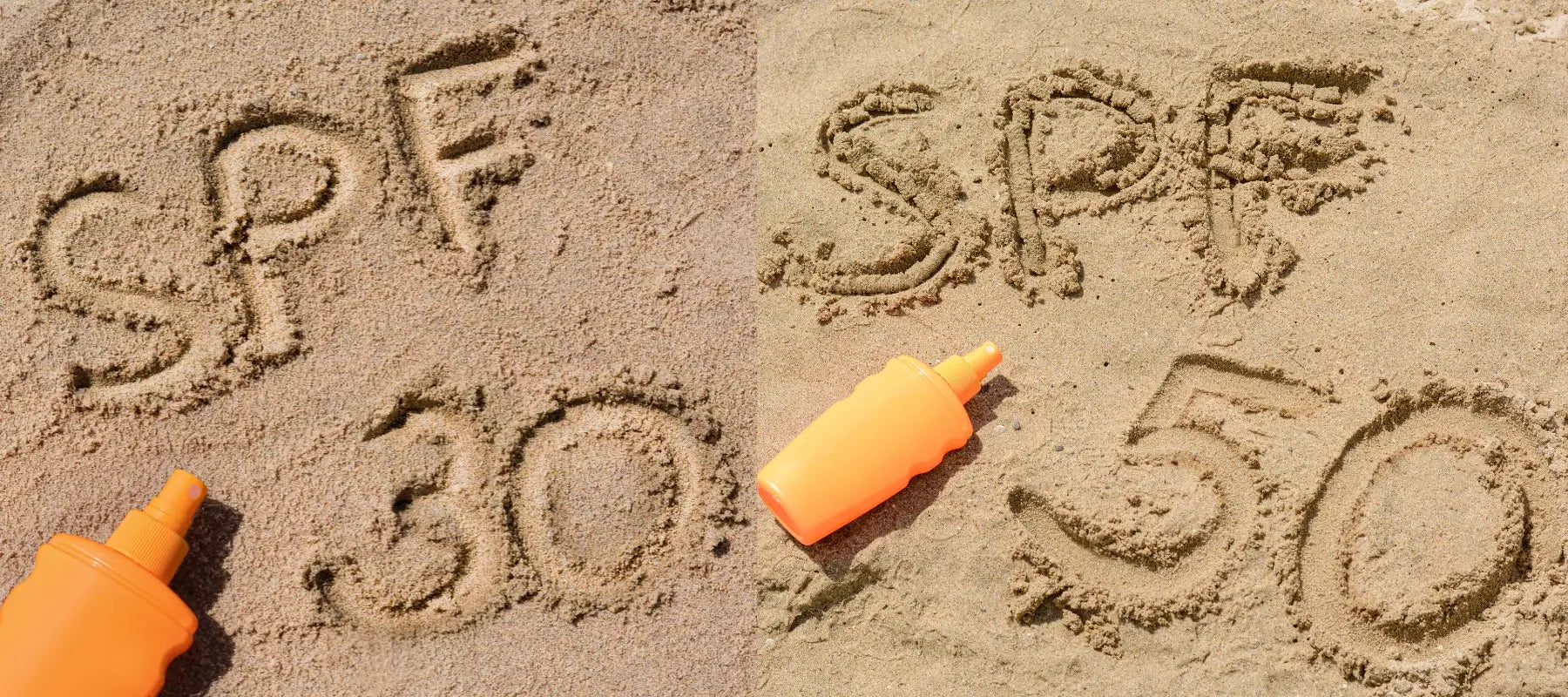
SPF 30 VS SPF 50 Sunscreen - Which One is Better and Why?
Raging heat is bearing down on us and we all know what that means- it's time to lather up in sunscreen! But with so many options available on store shelves, how do you choose the right one? SPF, or sun protection factor, measures how well a sunscreen will protect your skin from UVB rays, the kind of ultraviolet radiation that causes sunburns. However, when it comes to SPF, most people automatically assume that higher is better.
However, when it comes to sunscreen, that isn't always the case. In this article, we'll take a closer look at SPF30 vs SPF50 sunscreen to help you make a more informed decision about which one is right for you.
Let's get started.
Sun Protection Factor
SPF 30 filters out about 96.7% (ref) of the sun's UVB rays, while SPF 50 filters out about 98%. So, both are excellent choices for sunscreen. However, there are a few things to keep in mind when choosing between SPF 30 and SPF 50.
For one thing, no sunscreen can filter out all of the sun's UVB rays. And even if it could, you would still need to reapply it every two hours to maintain that level of protection. So, don't get too hung up on the numbers.
Another thing to keep in mind is that SPF 30 and SPF 50 sunscreens are not necessarily twice as effective as each other. SPF 50 only provides about 1% more protection than SPF 30.
An Overview of SPF30
Only 3% of the skin-damaging UV radiation can reach your skin thanks to sunscreens with SPF 30. The major cause of sunburn or heat rashes is exposure to UVB rays, which, in high doses, can also cause skin cancer. The number indicates the UVB radiation protection following the SPF. The larger the SPF value, the more UVB rays are protected from exposure.
SPF 30 is an excellent choice for everyday sun protection and is also recommended by dermatologists for people seeking moderate sun protection. Before going outdoors, it is important to apply sunscreen with SPF 30 generously and evenly on all exposed skin, including the face, neck, ears, and hands.
Reapply every two hours or more frequently if you are sweating or swimming. Pink Foundry's Mineral Matte Tinted Sunscreen is a good choice for those looking for a natural sunscreen with SPF 30. It is made with a rich combination of Cucumber, Zinc Oxide, Shea Butter and Titanium Dioxide that helps to soothe and protect the skin.
An Overview of SPF 50
There may be minimal to no difference between SPF 50 and other sunscreens because it only permits 2% of dangerous UV rays to pass through skin pores. It can give you the impression that such a slight variation won't ever affect your skin. However, the truth bomb would be that if you operate in a lab where UV rays are present, even a small difference might have a significant impact; thus, it is more prudent to apply sunscreen with only an SPF of 50.
Even if you wear sunscreen with a high SPF, this does not indicate that you may expose yourself to the same heat as you like regularly. This won't be the case. Only when used in conjunction with other beauty products, can the SPF 50 sunscreen for the face provide superior protection. Regular swimmers should use higher SPF to protect their skin from toxins rather than sticking to SPF 50 or 30 for their faces.
SPF30 vs SPF 50
Sunscreen with an SPF of 30 lets in 1/30th of the ambient Ultraviolet, SPF of 50 lets in 1/50th, and so forth. For sunscreen to provide the SPF protection promised on the package, it must be carefully applied.
We advise applying any broad-spectrum sunscreen, water-resistant, and SPF30 or higher.
It's interesting to note that SPF50+ just slightly outperforms SPF30+ in blocking Ultra Violet (UV) radiation, blocking 98% of UV radiation as opposed to SPF30's 96.7.
SPF50+ sunscreen must still be applied generously, reapplied after 2 hours (or sooner if you've been swimming, sweating, or towel-drying), and combined with additional sun protection gear like caps, clothes, sunglasses, & shade.
Also Read: How to choose a sunscreen & apply on face correctly?
The Three Rules You Have to Know About the Best SPF
-
For the face, use a broad spectrum
UVA rays age the skin. They cause further ageing and skin damage by penetrating deeply into the levels of skin tissue. 95% of UV light reaching the Earth's surface is UVA. Broad-spectrum sunscreen shields the skin from UVA and UVB radiation. So, check the label for "wide spectrum."
-
Choose Between SPF30 and SPF50
When you look at the difference between SPF 30 and SPF 50, it's pretty small. SPF 50 blocks 98% of UVB rays, and SPF 30 blocks 97% of them. So, you're only getting 1% more protection with SPF 50.
If you have sensitive skin or are prone to burning, that extra 1% might make a difference. The same goes for people who are fair-skinned or have a lot of sun exposure. In general, most people will be fine with an SPF 30 sunscreen.
-
Sunscreen active ingredients
Two different classes of active substances guard you against the sun. They're known as filters. Mineral agents are the name of the first category of filters. Chemical actives are the second kind of filter. The other "physical," and "mineral," agents are zinc oxide and titanium dioxide. They function by deflecting sunlight away while resting on the skin's surface.
All other SPF ingredients are referred to as "chemicals." Like Octocrylene and Avobenzone, they pass through the skin and function by blocking sunlight, turning it all into heat, and afterwards releasing that heat via your body.
The Bottom Line
When it comes to SPF, more is not always better. The differences between SPF 30 and 50 are small, and both provide good protection from the sun. However, SPF 50 may be a better choice if you have fair skin or spend a lot of time in the sun.
Pink Foundry's Mineral Matte Tinted Sunscreen SPF 30 is a good choice for everyday use. It contains zinc oxide and titanium dioxide, providing broad-spectrum protection from UVA and UVB rays. The tinted formula is also light and non-greasy, making it ideal for those with oily or acne-prone skin.
FAQs
1. Which is better, SPF 30 or 50?
SPF 50 offers slightly better protection, blocking 98% of UVB rays, while SPF 30 blocks 96%. If you spend long hours outdoors, SPF 50 is ideal. However, both work well if reapplied every 2 hours.
2. What is the difference between SPF 30 and 50?
SPF 30 blocks 96% of UVB rays, while SPF 50 blocks 98%. The difference is minimal, but SPF 50 provides more protection for prolonged sun exposure. Both require regular reapplication for effectiveness.
3. Is SPF 30 good for the face?
Yes, SPF 30 is sufficient for daily use if reapplied every 2 hours. It protects against sunburn, premature ageing, and pigmentation. For extended outdoor exposure, SPF 50 is recommended.
4. SPF 30 or SPF 50, which is better for oily skin?
Both are good as long as the sunscreen is lightweight and non-comedogenic. Gel-based or matte-finish sunscreens are better for oily skin as they prevent greasiness.
5. Is SPF 50 good for acne?
Yes, SPF 50 is beneficial for acne-prone skin if it's oil-free and non-comedogenic. Sun exposure worsens acne marks, so a higher SPF helps. Avoid greasy formulas to prevent clogged pores.
6. Is SPF 30 enough for Indian skin?
Yes, SPF 30 is enough for daily wear in India, but SPF 50 is better for prolonged outdoor exposure due to intense UV radiation. Always use broad-spectrum sunscreen for UVA/UVB protection.
7. Is SPF 50 good for daily use?
Yes, SPF 50 is great for daily use, especially in sunny climates. Opt for a lightweight, non-greasy formula to avoid heaviness. Regular reapplication is key for effectiveness.
8. Is SPF 50 actually better?
Yes, SPF 50 provides high protection against UVB rays, reducing the risk of sunburn, premature ageing, and skin cancer. It is ideal for prolonged outdoor exposure, especially in sunny climates. However, regular reapplication every two hours is crucial for maintaining its effectiveness throughout the day.

























































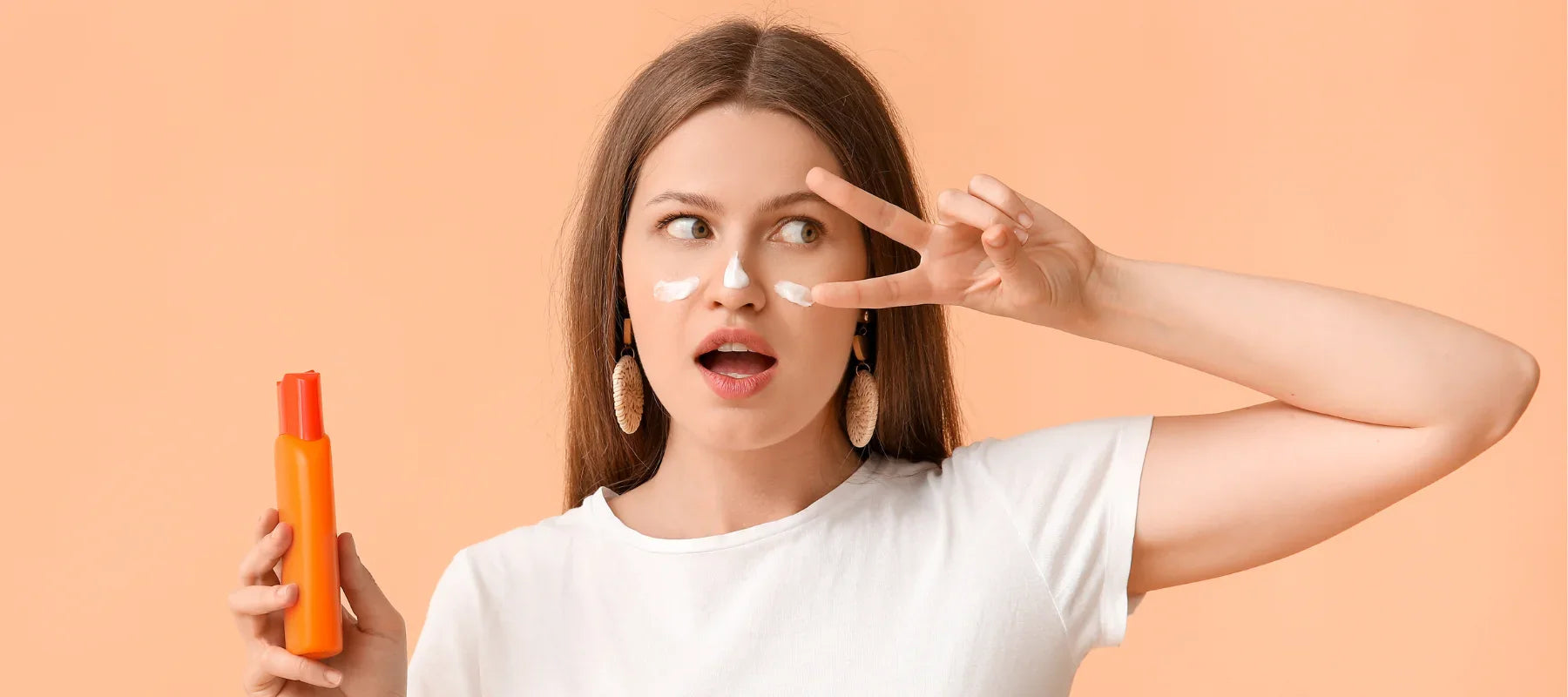
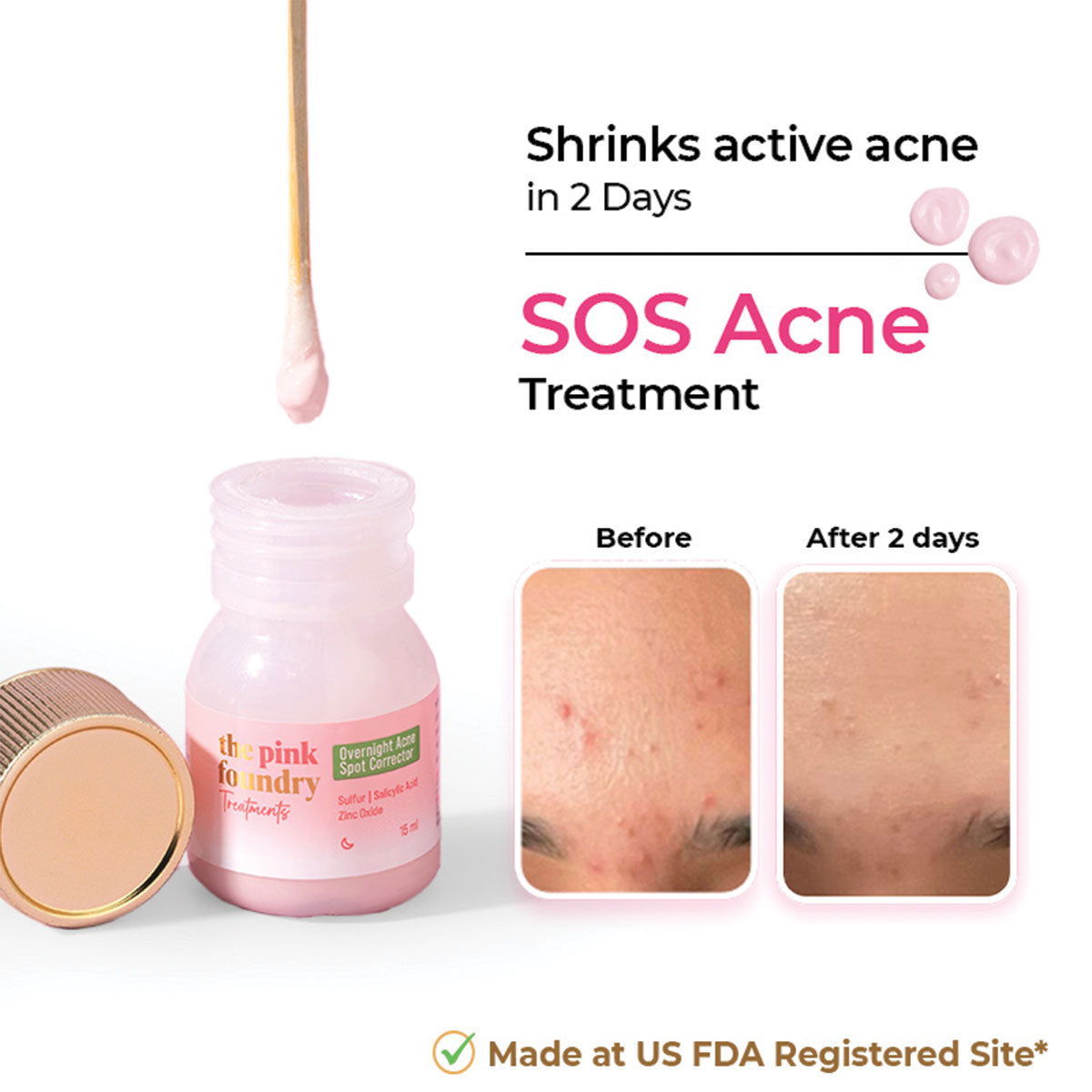
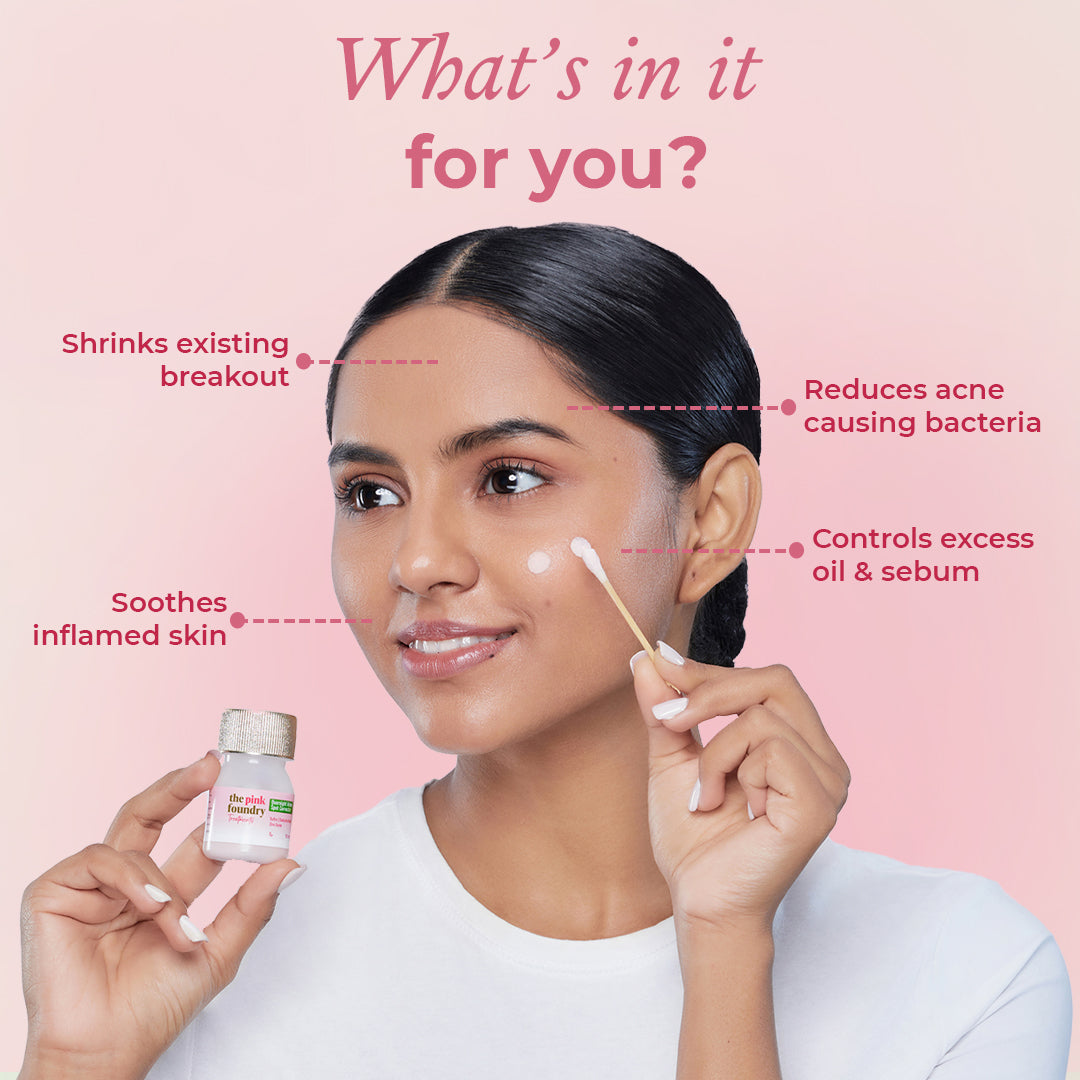
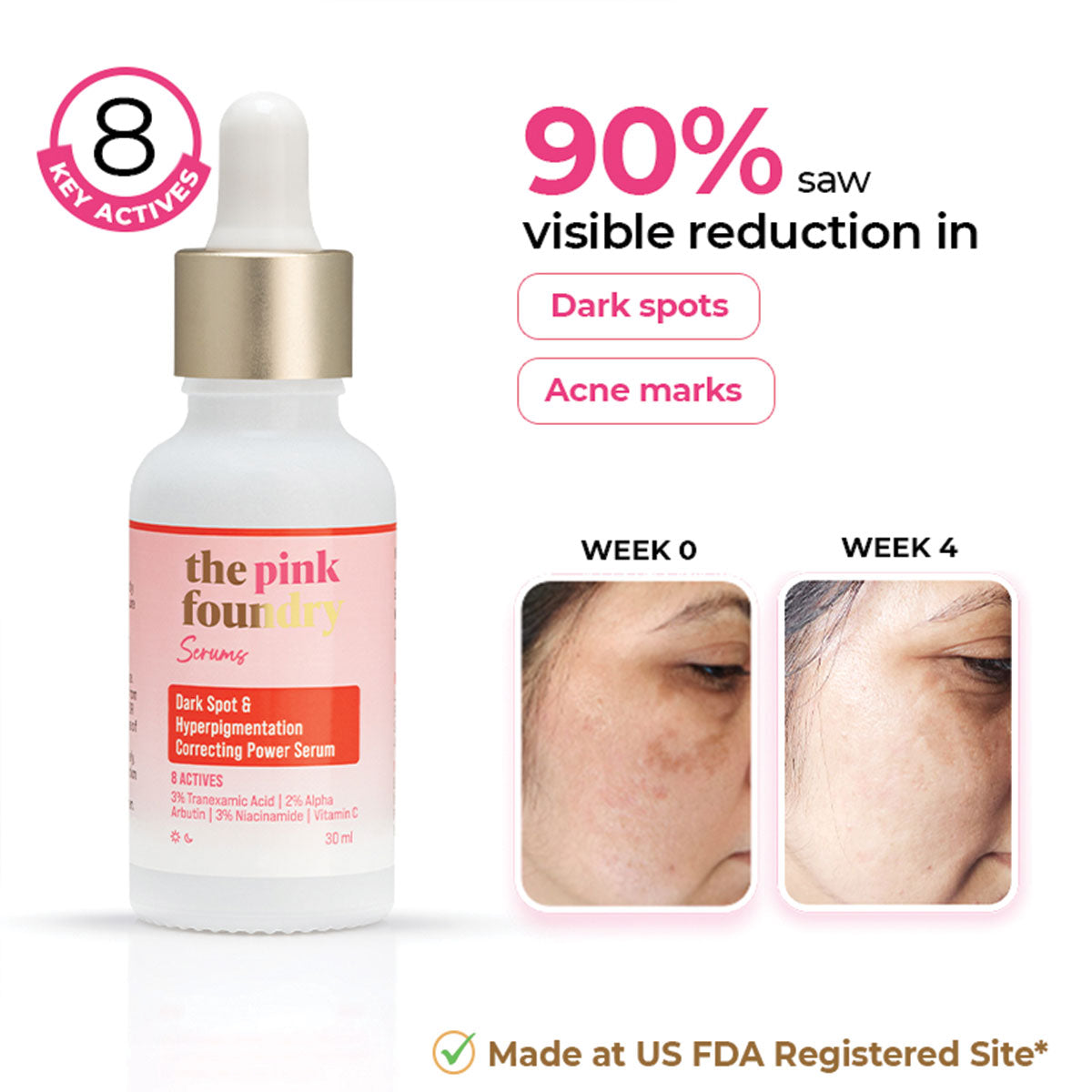
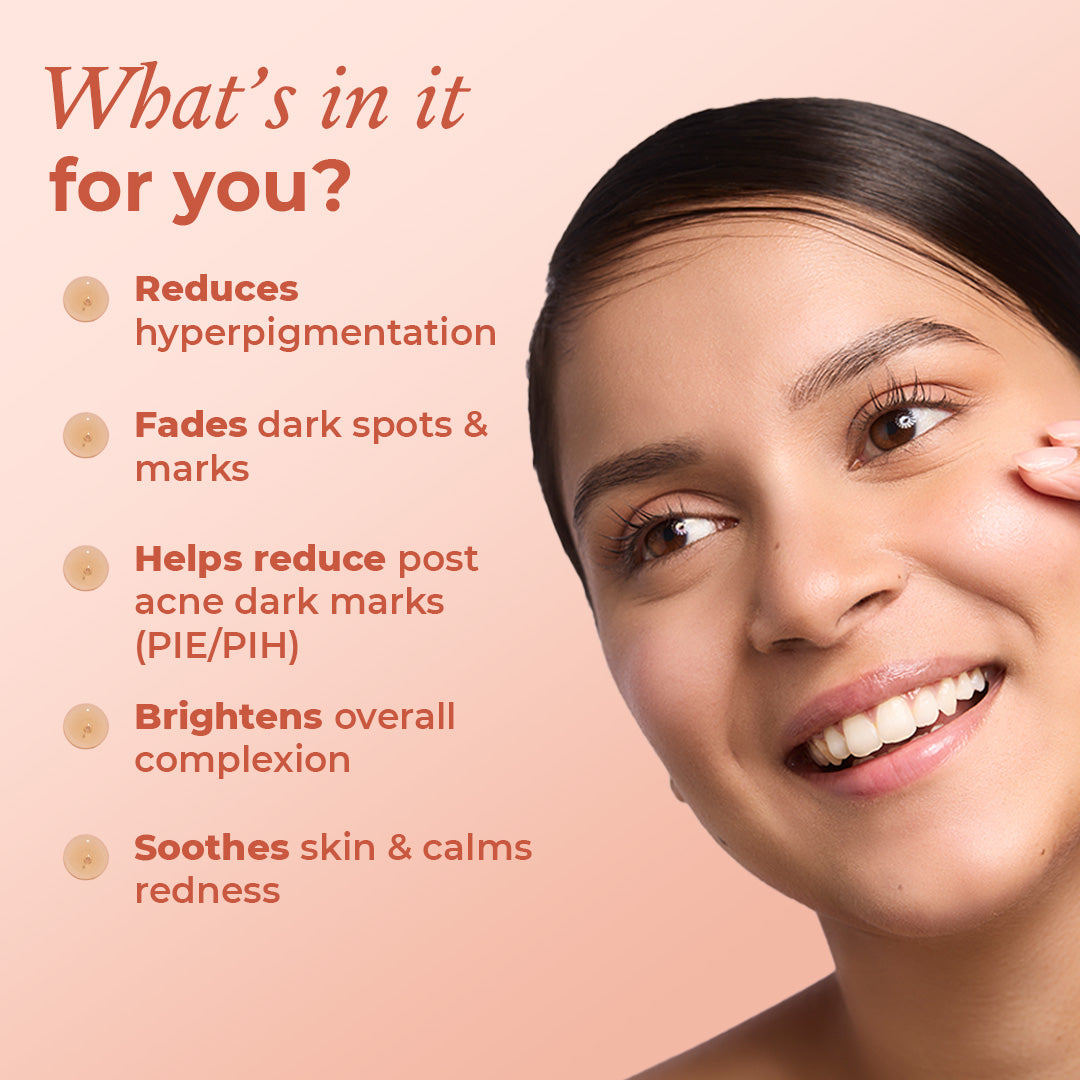
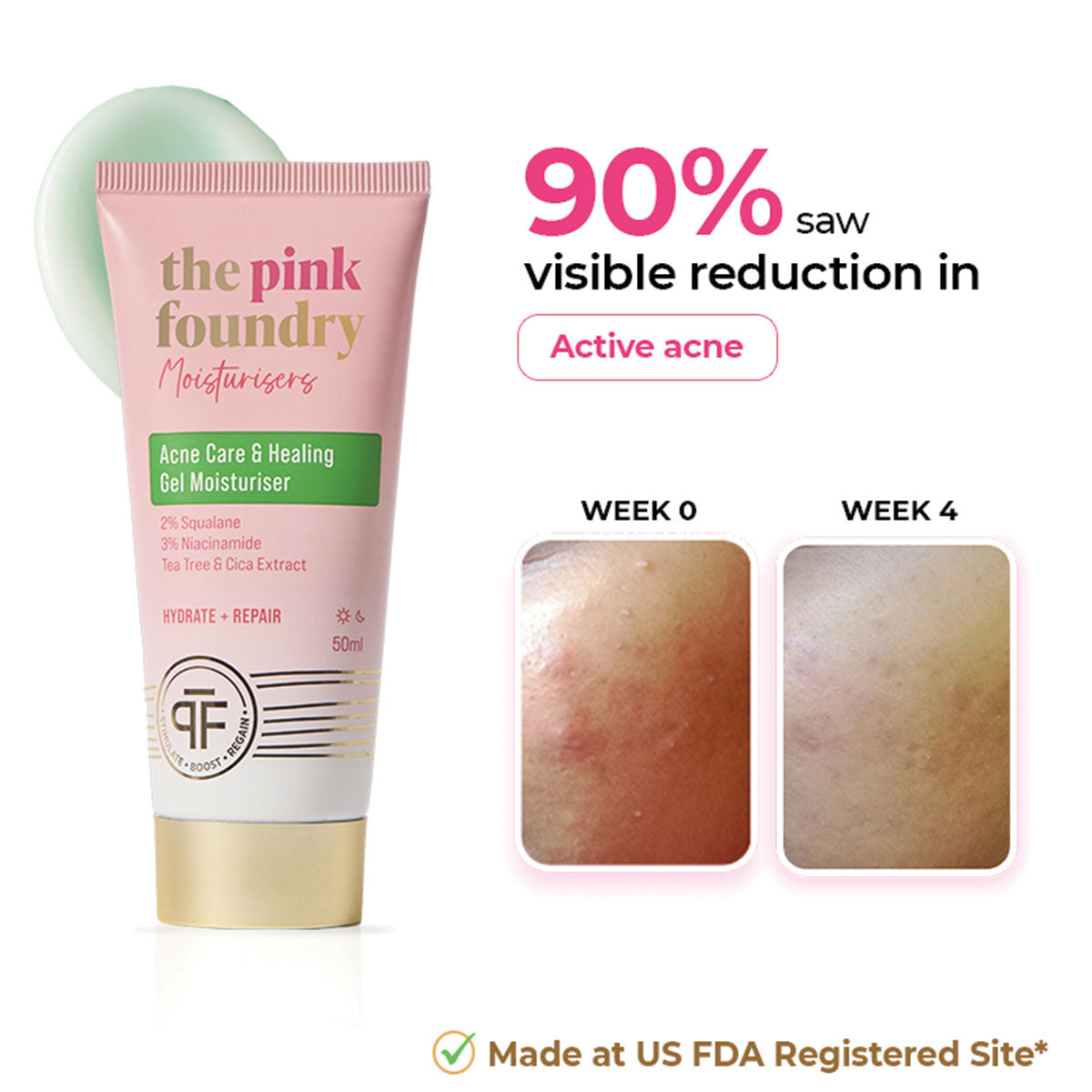
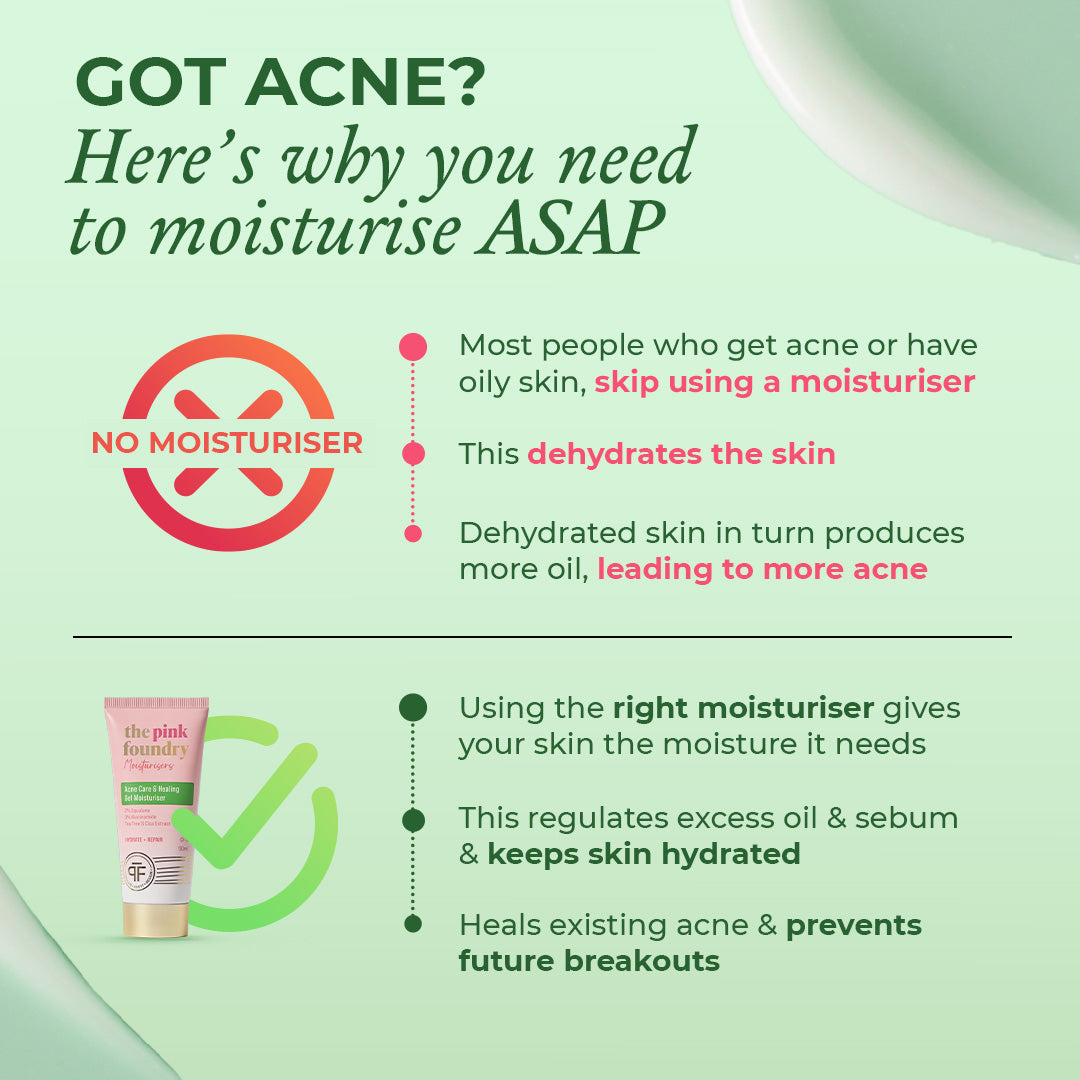
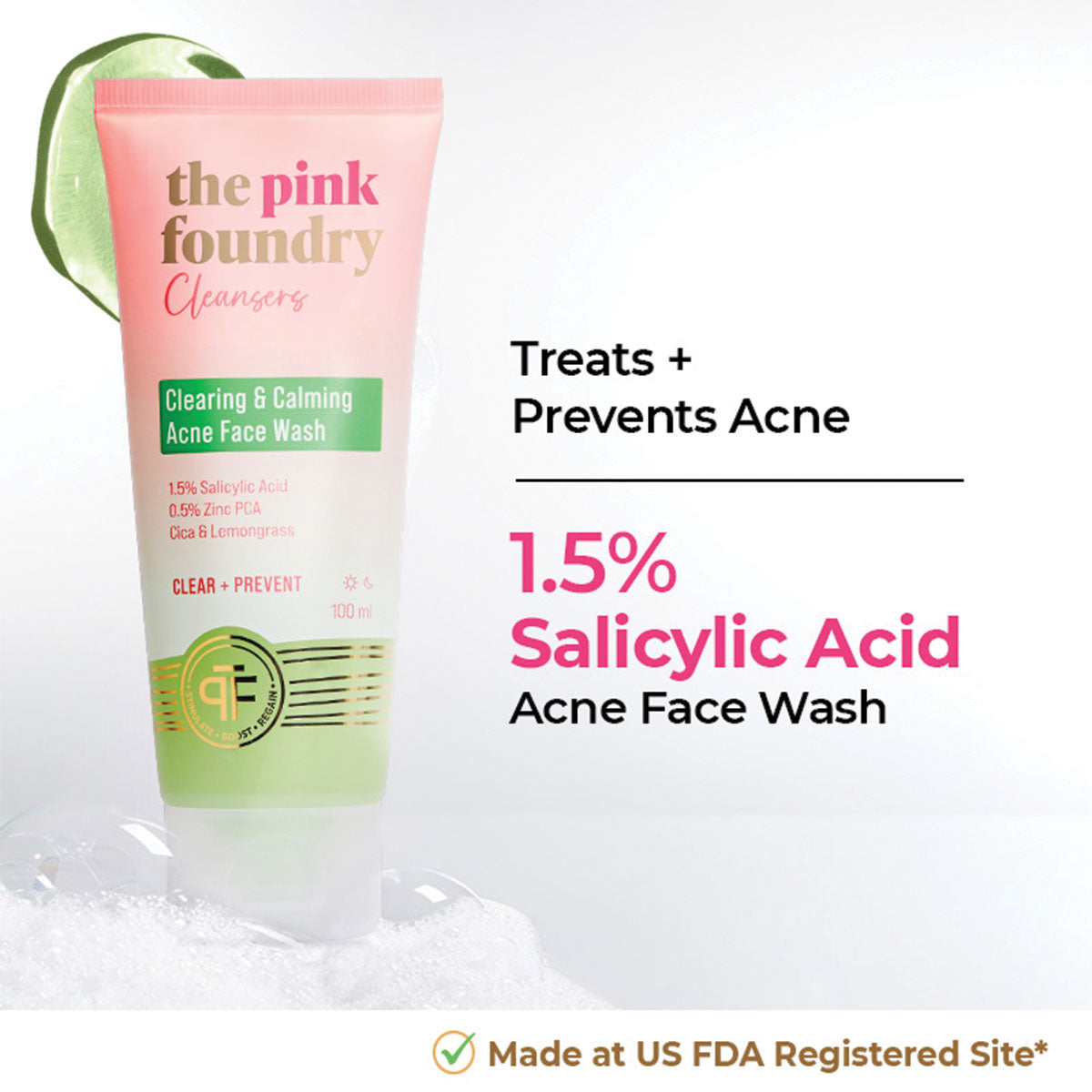
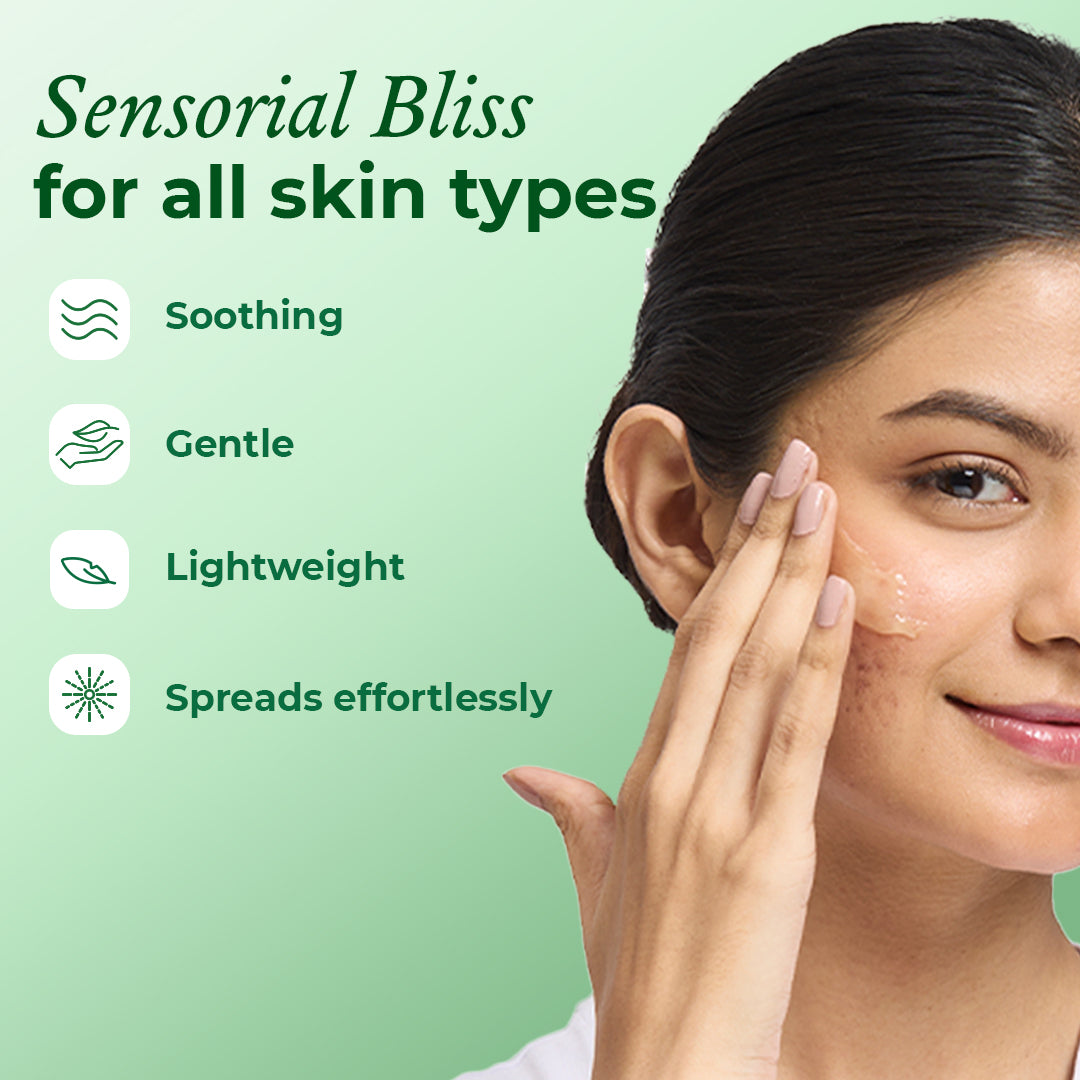
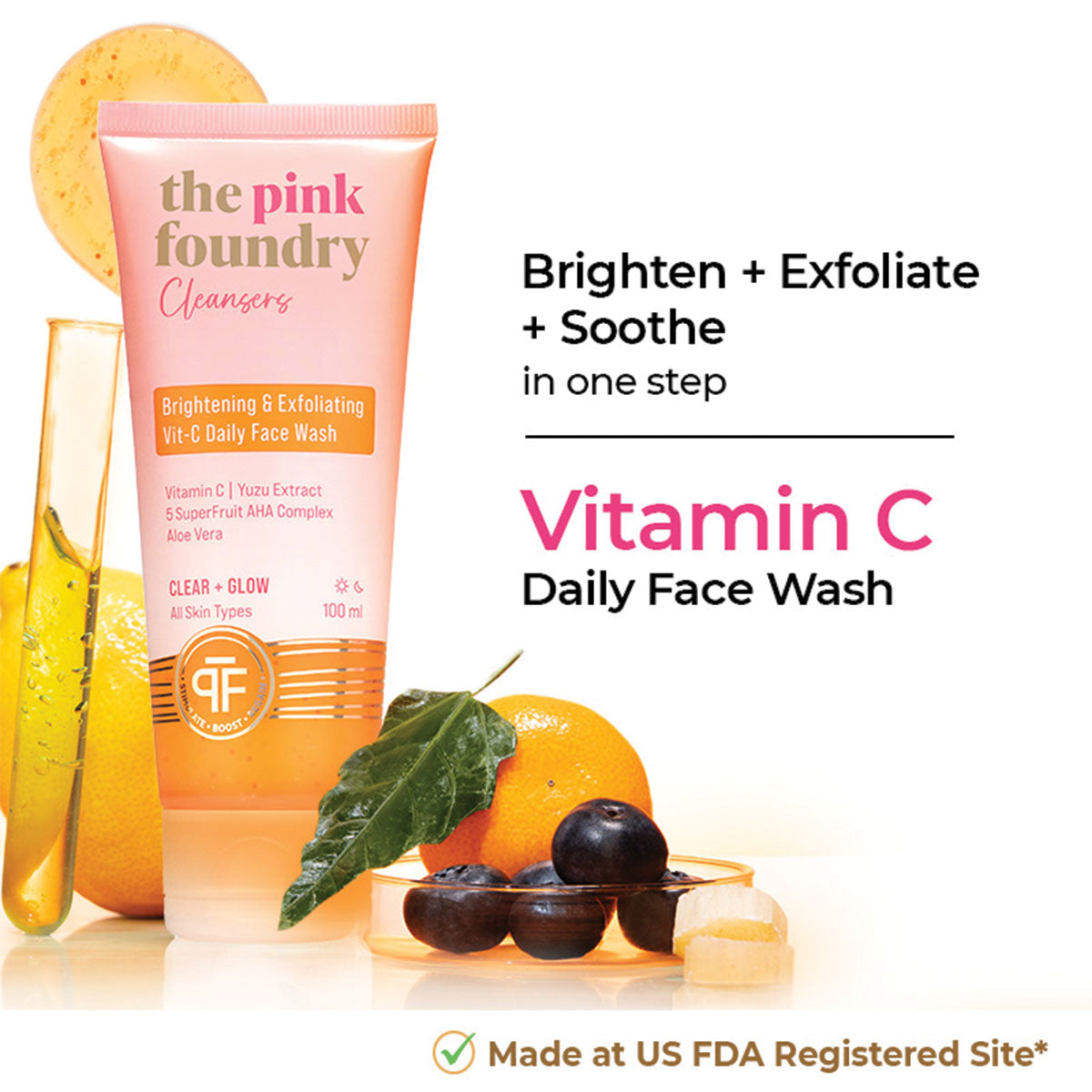
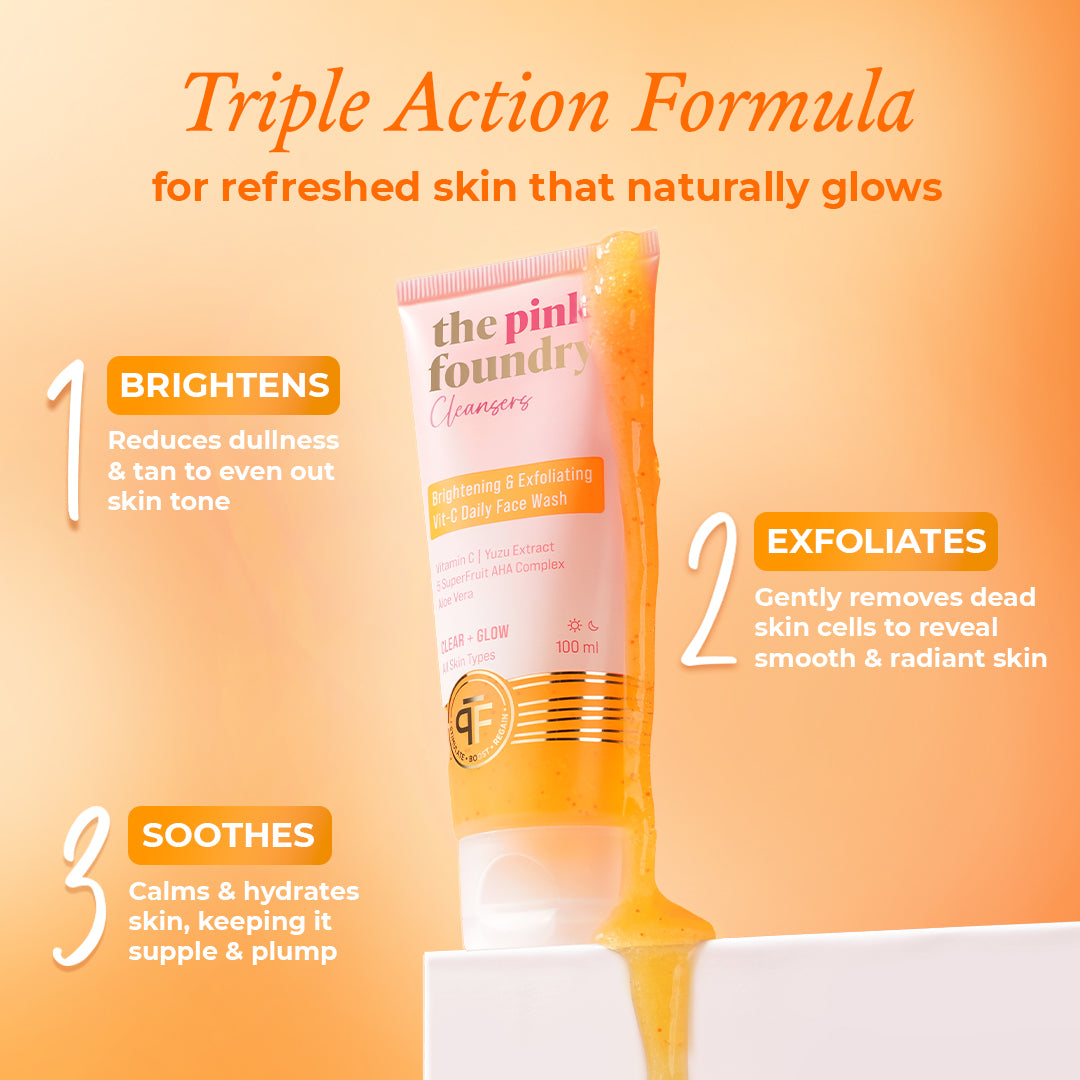

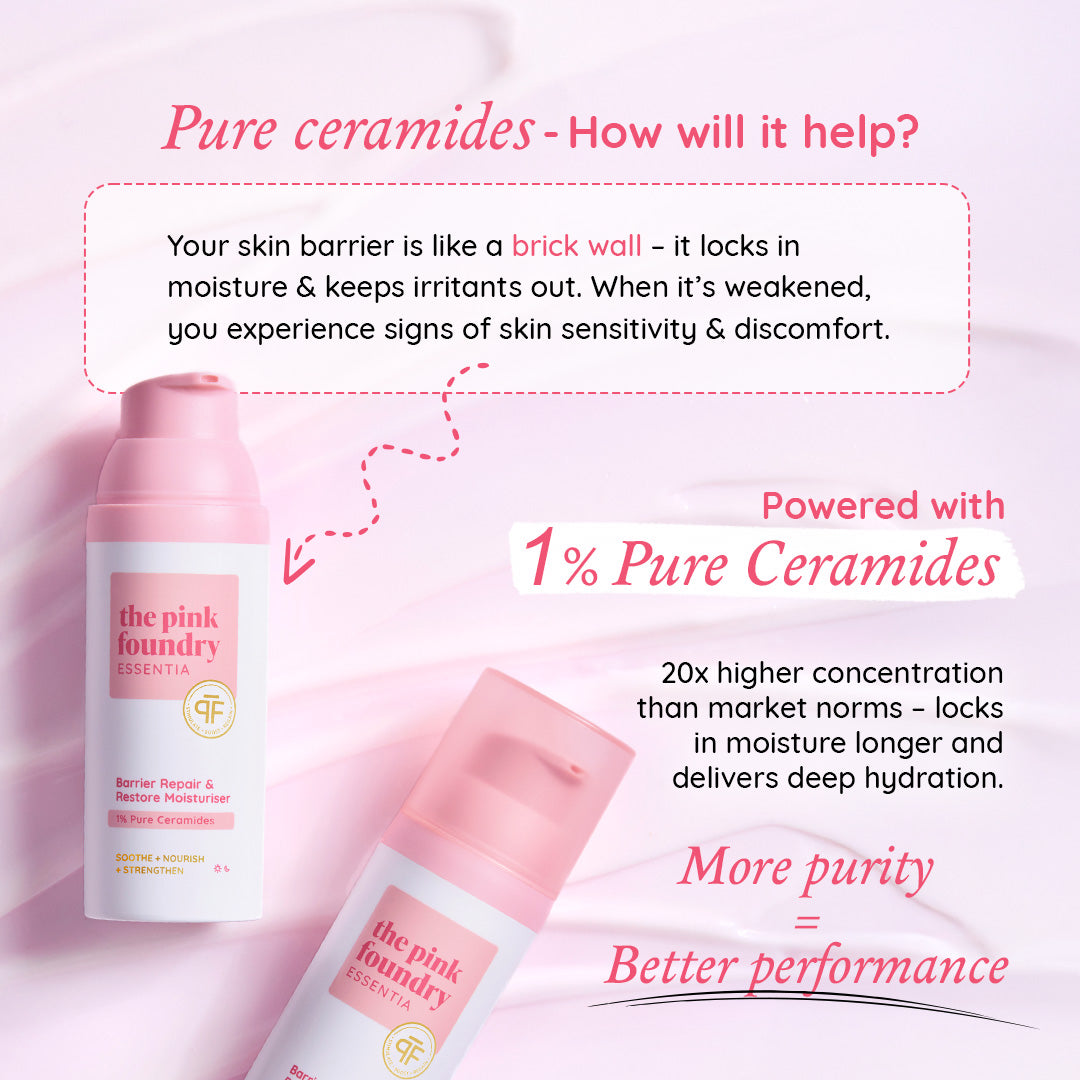




Leave a comment
This site is protected by hCaptcha and the hCaptcha Privacy Policy and Terms of Service apply.